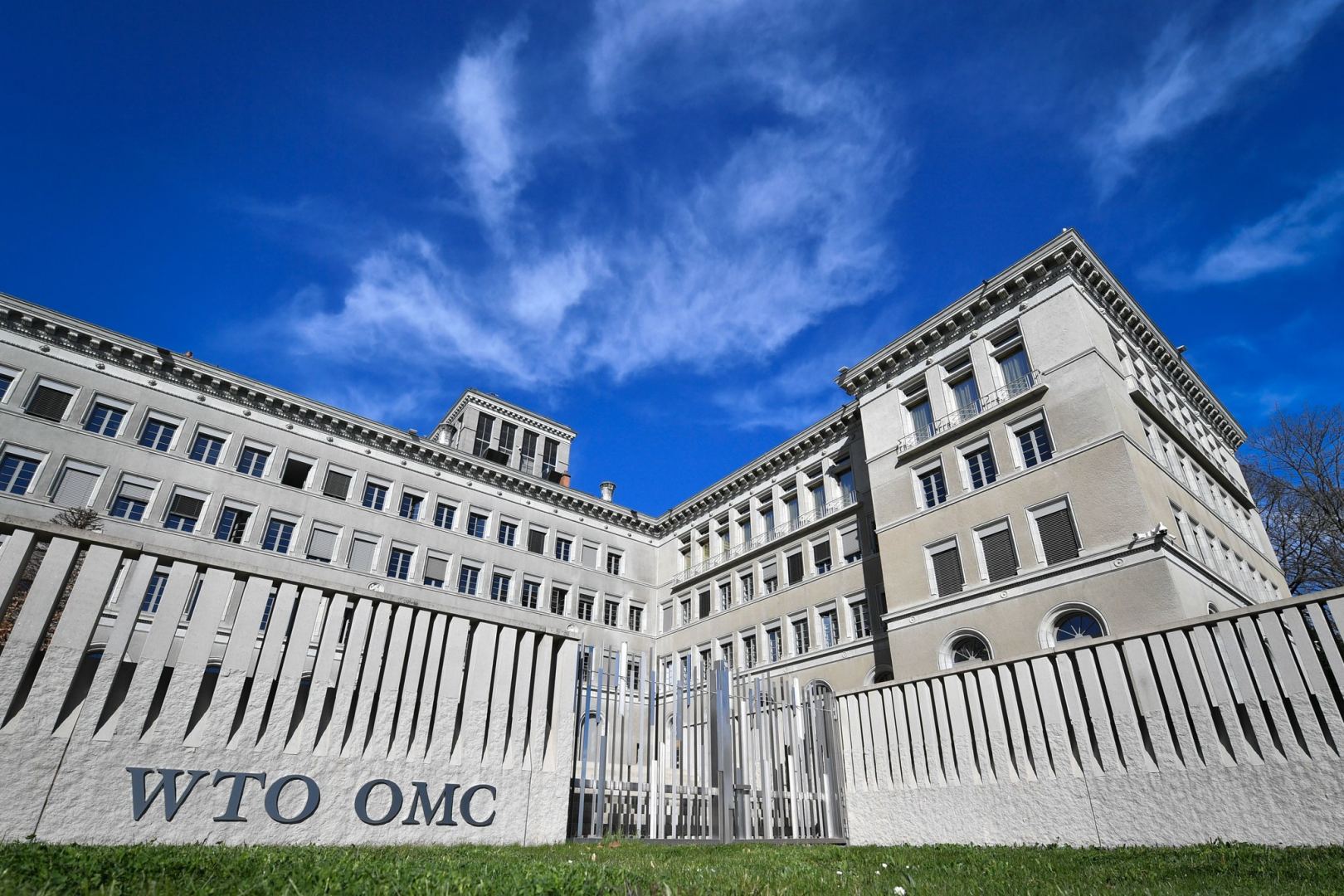BAKU, Azerbaijan, July 21
By Leman Zeynalova – Trend:
The structure of trade might well change in the long term - i.e. in the post-pandemic period, Julia Grübler, economist at Vienna Institute for international Economic Studies (wiiw) and external lecturer at the Vienna University of Economics and Business (WU), told Trend.
She pointed out that the World Trade Organization is expecting trade to fall by 13 percent-32 percent in 2020 due to the COVID-19 pandemic, with a strong recovery already in 2021.
“The first plunge in trade is attributable to the immediate reactions to the health crisis in the form of temporary factory closures. However, the biggest medium term impact stems from the economic crisis that is still unfolding. Lower economic activity and rising unemployment restricts demand for domestic and foreign products. Services trade, in particular travel and tourism, will most likely struggle significantly longer than other sectors. Ultimately, the ups and downs of economic (and in particular trade) activity will depend on how long it takes to develop vaccines against COVID-19,” noted the economist.
However, the structure of trade might well change in the long term - i.e. in the post-pandemic period, she said.
The global health crisis has bluntly revealed weaknesses of the global trade system and national trade policies, added Grübler.
She noted that first reactions to the pandemic have been export restrictions of medical supplies and personal protective equipment, which hampered a quick response to the pandemic and led to supply and production disruptions of medical products, which are produced along international supply chains.
“This happened even among trading partners which have deep free trade agreements in place and between economies belonging to the same common market, such as the European Union. Meanwhile, tariffs and non-tariff barriers were reduced for products needed domestically to fight the pandemic,” noted the economist.
She pointed out that in addition, production of manufactures was interrupted even in countries which by then had not recorded any COVID-19 cases because of temporary factory shutdowns in far distant economies producing intermediate inputs.
“Many countries therefore start evaluating the fragility of their supply chains and their dependency on single trading partners, in particular China. 'Bringing production back home' does not solve the problem and is no viable option, especially for small economies. Instead, it can be expected that economies invest in (1) diversifying import sources, (2) reducing the number of countries involved in production and supply chains, (3) more local rather than global value chains (having also climate change and sustainable development in mind) and (4) digitalisation, automatisation and robotisation,” Grübler explained.
---
Follow the author on Twitter: @Lyaman_Zeyn






